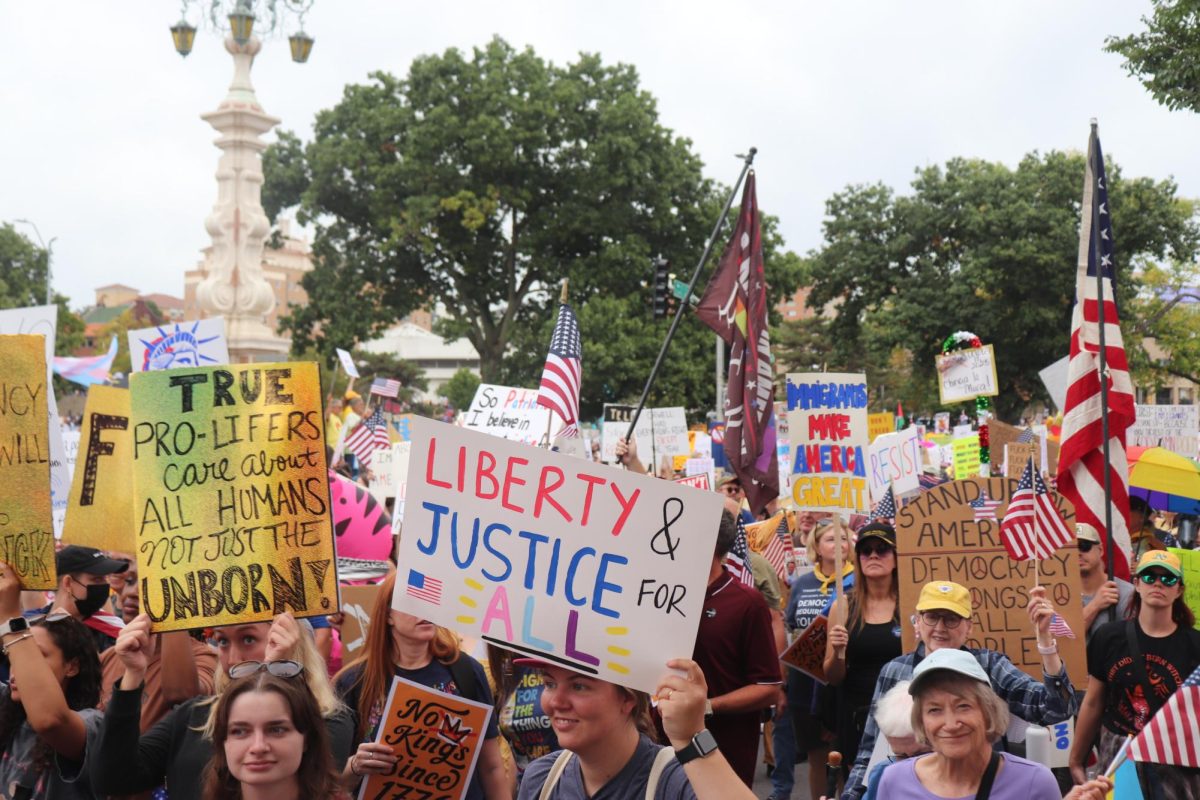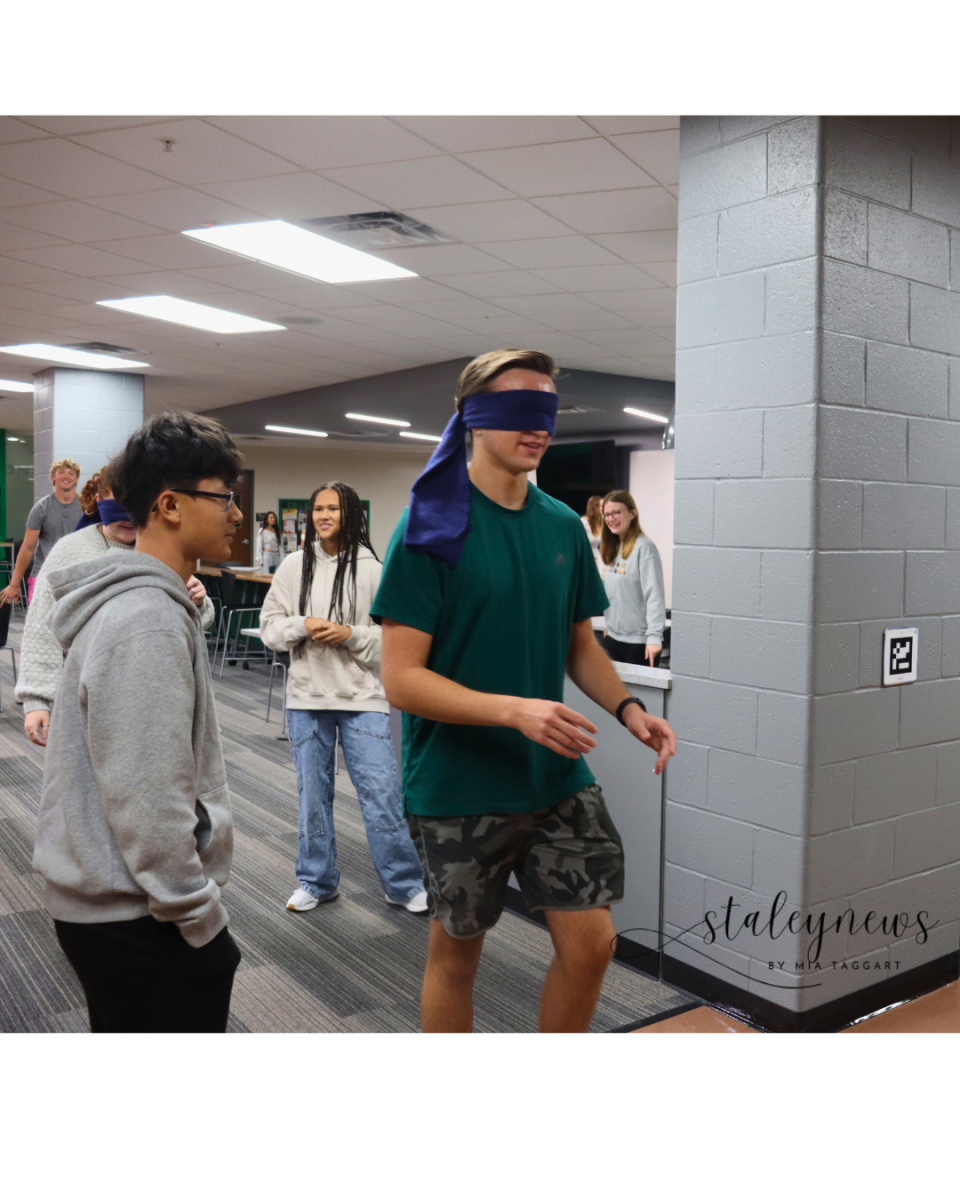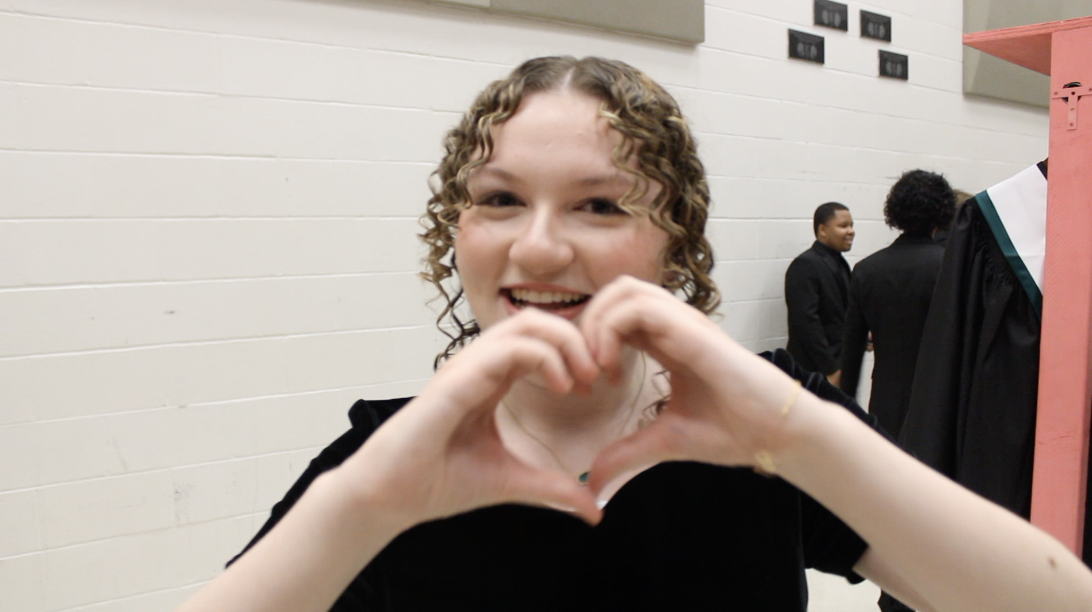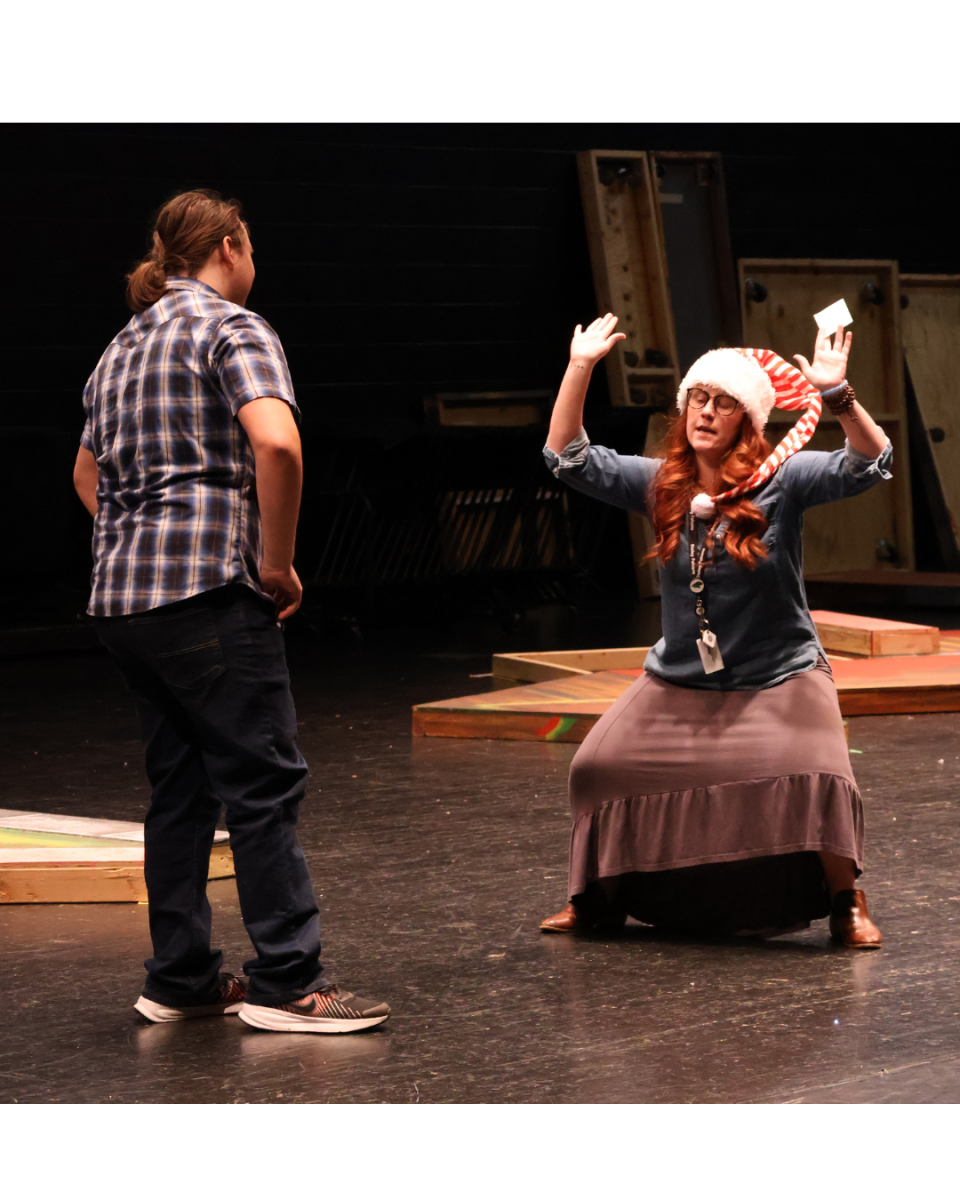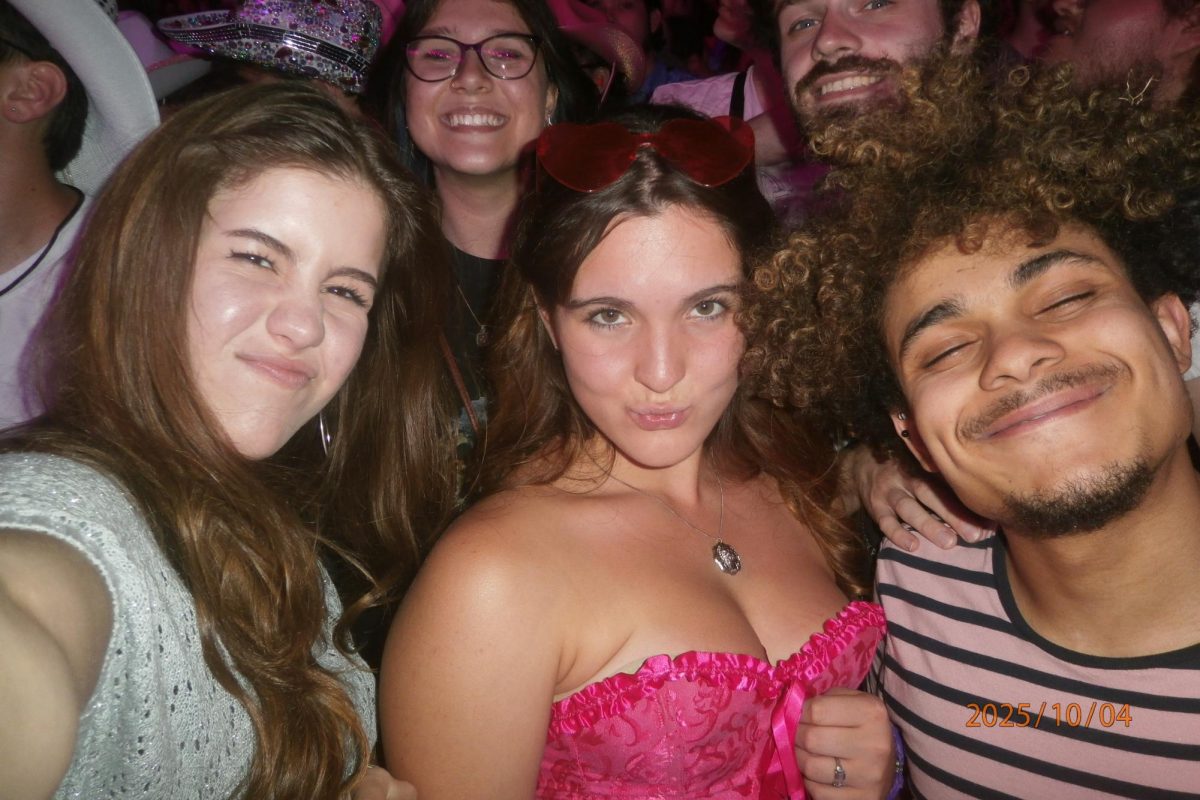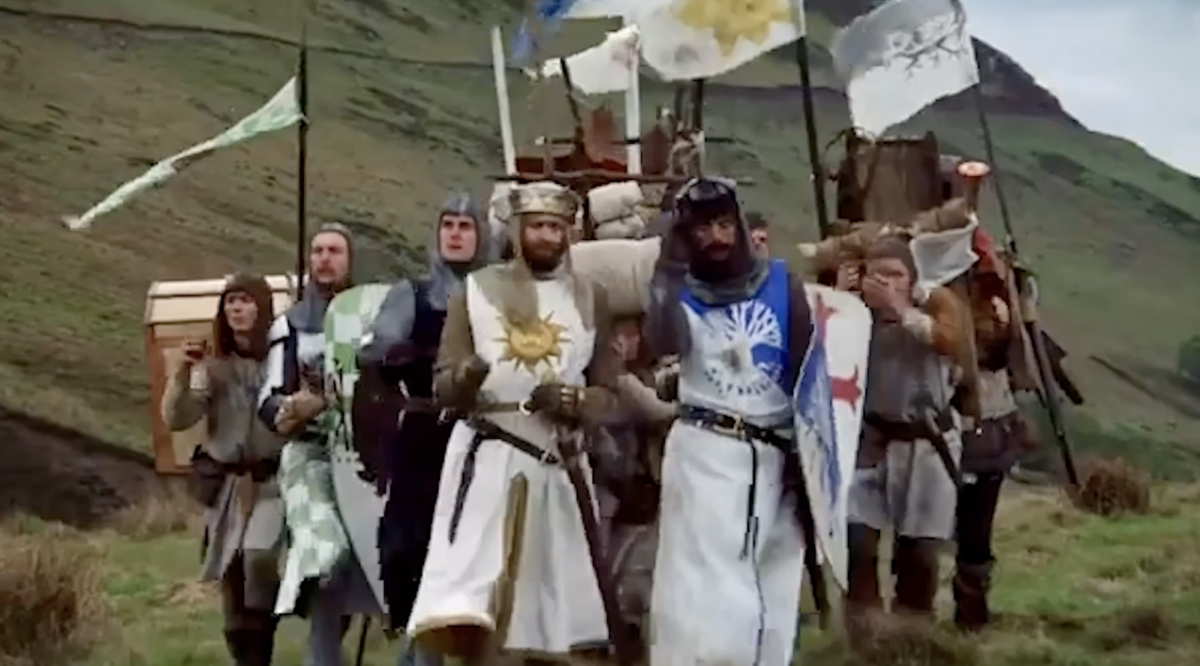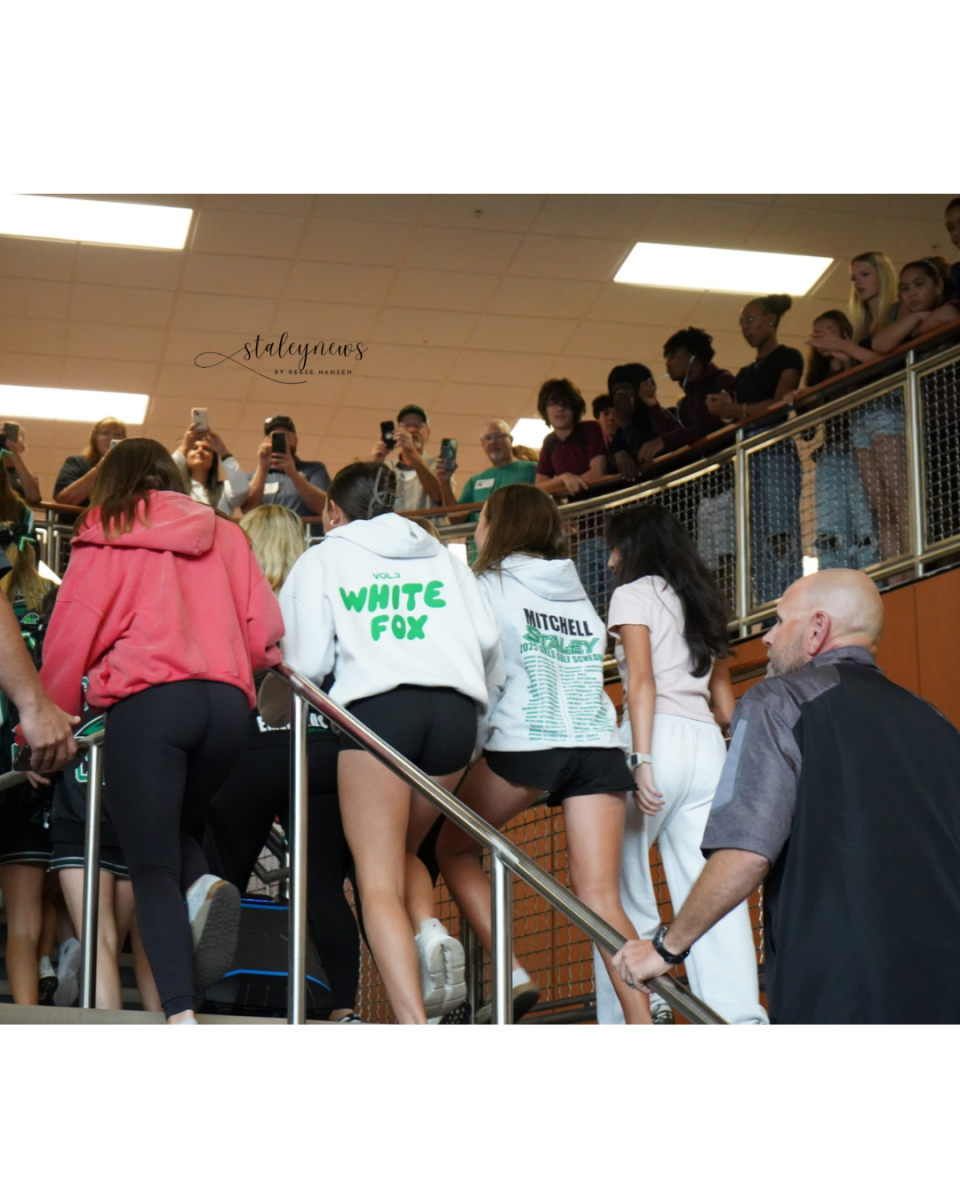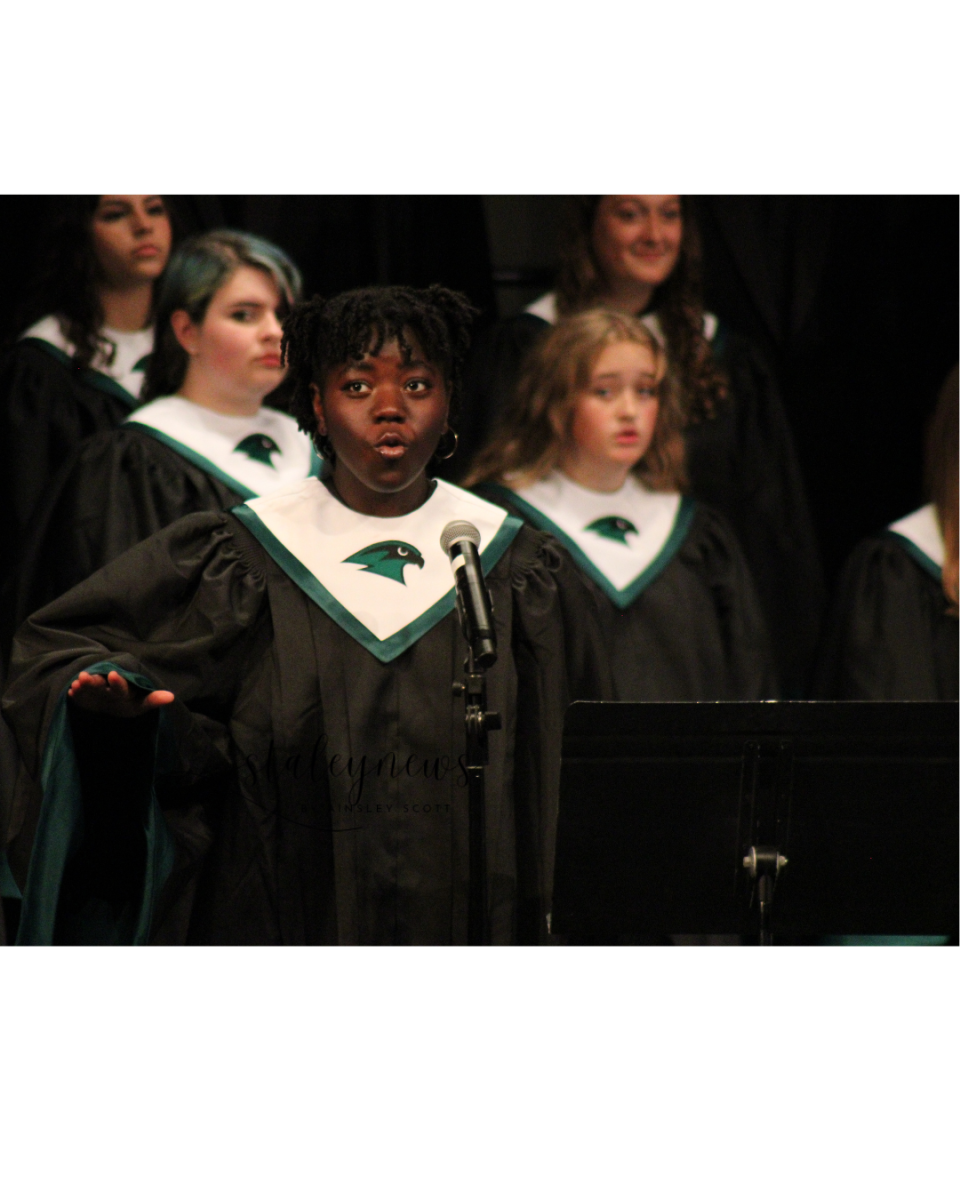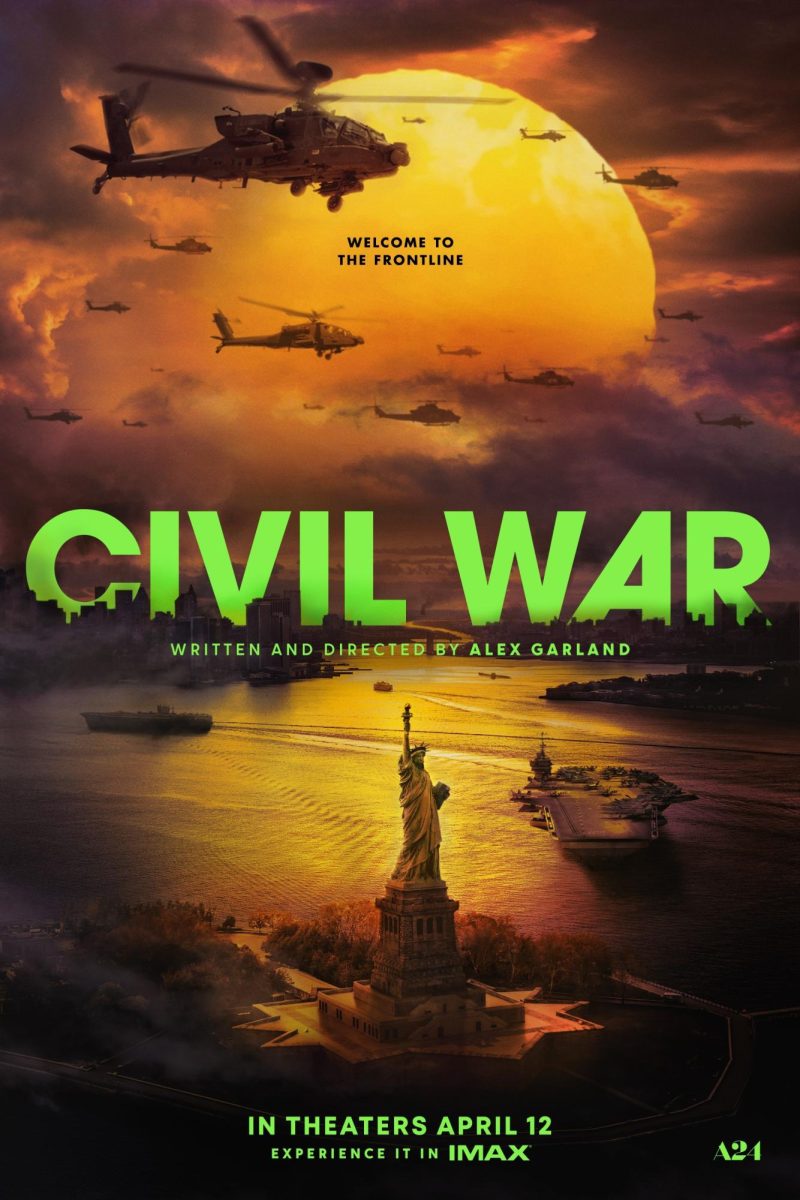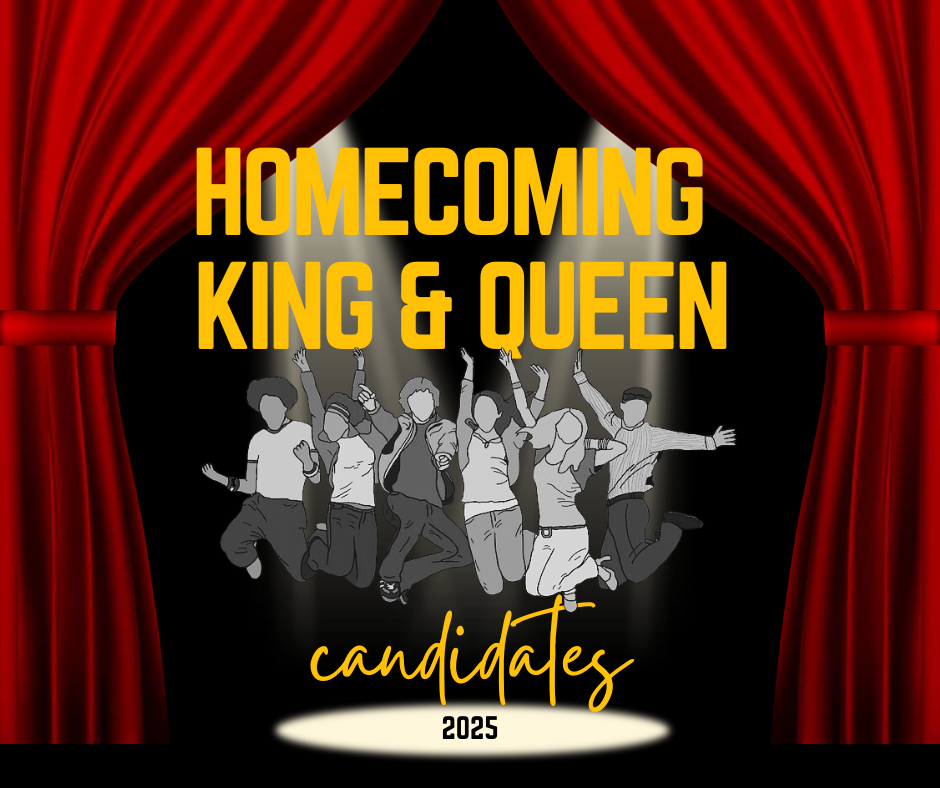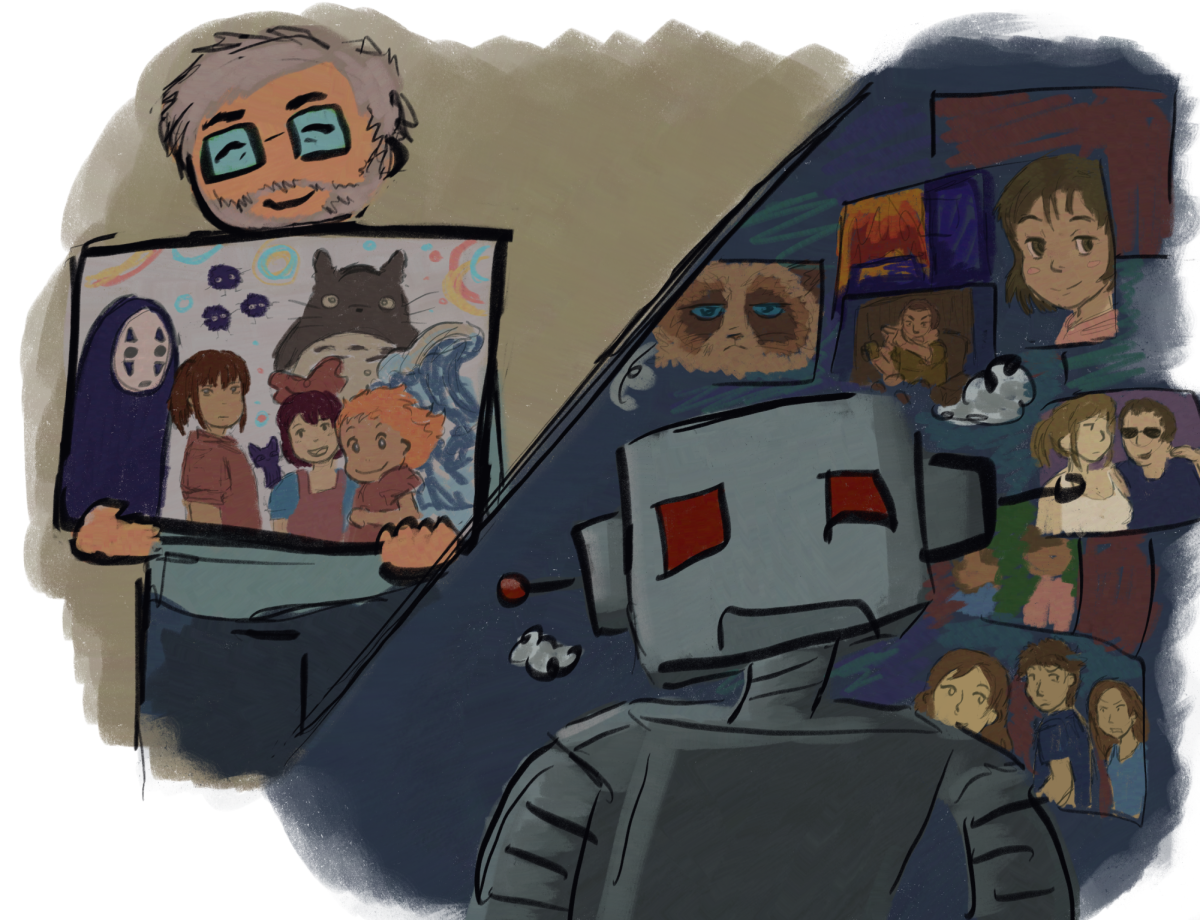In the world we live in, the threat of war is never far away. But what would happen if the war were at home instead of across the sea?
“Civil War,” directed by Alex Garland, follows a group of journalists, led by legendary photojournalist Lee Smith (Kirsten Dunst), and including her partner Joel (Wagner Moura), old friend Sammy (Stephen McKinley), and a new addition of aspiring photojournalist Jessie (Cailee Spaeny).
The team of journalists are planning to travel from New York City to Washington, D.C., to interview the president (Nick Offerman) before the Western Forces, a teamup of California and Texas, breach the city and kill the president. But because the highways are blocked, the team must take a roundabout route through Pittsburg, coming in from the west.
“Civil War” is a hard movie to rate because there are parts it does well but also parts it does very poorly.
For one thing, the cinematography is beautiful. Due to the fact that the movie follows a group of journalists, frames are often cut with their work, shown in photos, which is done very well. “Civil War” is a disturbing film, and the imagery of the movie makes this clear. The shots of the disturbing moments are slow and deliberate.
However, when it comes to combat, the camera moves quickly, capturing the chaos of war. This is when the unique choice to undercut the action with photos really shines, showing snapshots of the violence in a way that feels real, making viewers buy into what’s happening.
The flaws with “Civil War” start with the characters. Lee and Jessie’s mentor-student relationship forms the heart of the film, and both of their actors do a good job, though Cailee Spaeny looks a bit young for the role. Lee is knowledgeable but ridden with trauma from all the things she’s seen. In comparison, Jessie is a young photojournalist still learning the ropes. She’s soft and easily rattled, while Lee has seen all of this before.
In comparison, most of the other characters fall flat. Joel is inexplicably laid back and even goofy for a war journalist. Sammy truly gets the short end of the stick with character, hardly having one at all. He’s kind of just there for the other characters to talk to occasionally.
Another problem with incomplete characters was that I feel almost nothing when they die. Apart from a few genuinely emotional moments, most of the deaths happen to characters who either didn’t have enough screen time or don’t get enough setup for viewers to know who they are or why you should care.
Another place where “Civil War” struggles is in worldbuilding. You know California and Texas teamed up to overthrow the government, but you’re never told why or how they’re so close to defeating the government. It’s stated that many states and cities stayed out of the war, but it’s never stated how, if the Western Forces tried to recruit them into the war, or if the government did the same.
The biggest complaint about “Civil War” is the tone shifts found in the music. For an example, what is supposed to happen is the movie goes from a horrific scene to a sad scene, but the only problem is the music. From overly heavy reflection music to weird country rock music, “Civil War” struggles to keep a tone throughout the movie, and it’s very grating on the viewer.
Overall, “Civil War” is a movie with a good story and imagery that falls flat in worldbuilding and tone. It will take viewers on a slow, grueling journey with a surprising conclusion but feels like a real war. If that is what Alex Garland was trying to do, then he succeeded tenfold.

